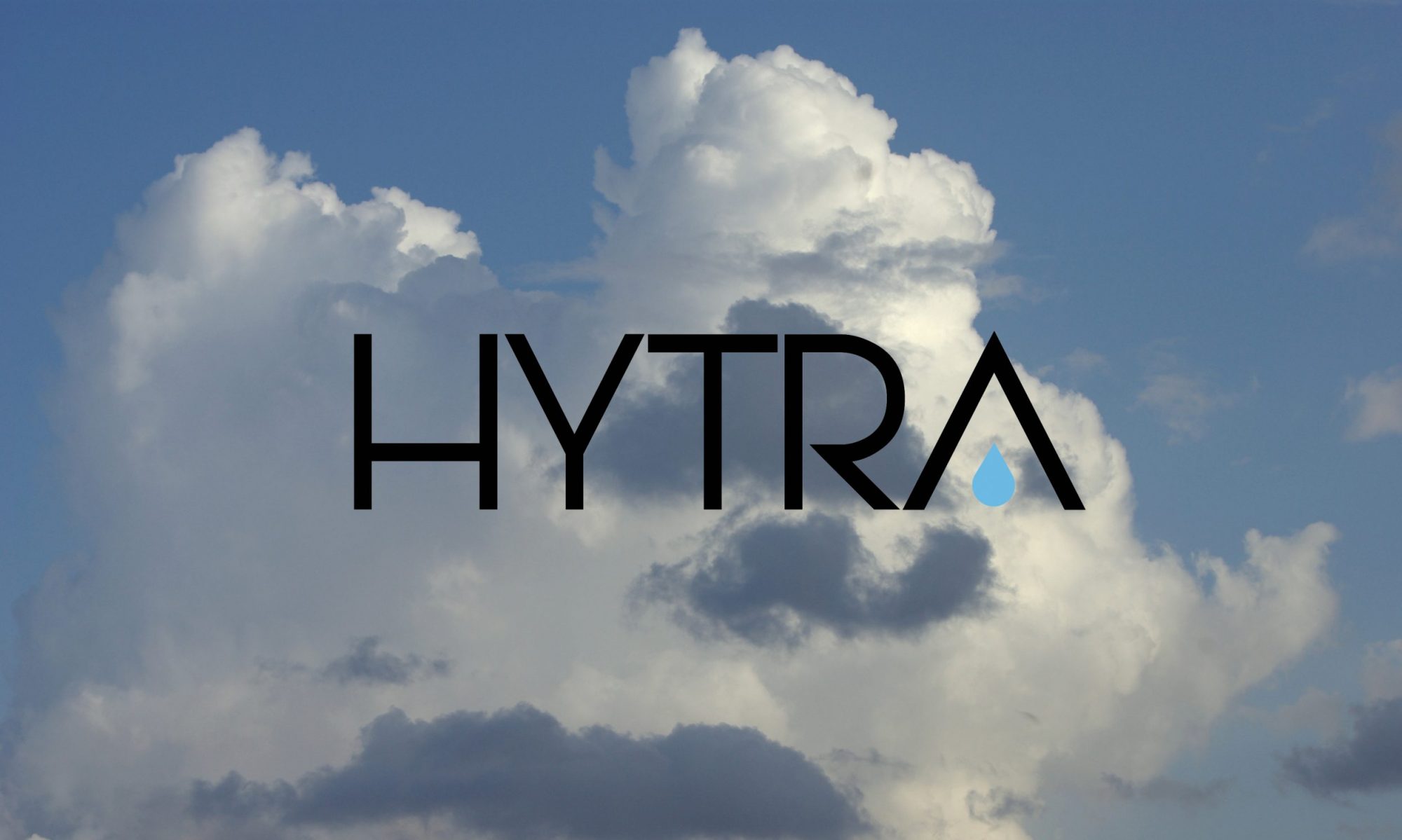There are only two options: Tankers and pipelines.
Pipelines are available and there is extensive expertise in this area. It’s different with tankers.
Some rely on ammonia as a medium. However, the gas, which consists of nitrogen and hydrogen, is very toxic and a real danger when released in large quantities. So far, it has only been transported around the world in small quantities (tank containers, etc.). But if this were to happen in quantities of thousands of tonnes with large numbers of ships, things would look very different. Who wants to have an ammonia bomb on their doorstep?
We rely on liquid hydrogen – so-called LH2. It can be produced, stored and transported safely using tried and tested methods. It’s just very cold. The technology has been researched over the long term and is controllable. There are many good reasons in favour of LH2:
- LH2 is the purest hydrogen that can be used immediately in fuel cells to generate electricity;
- Energy is only required for liquefaction – as is also the case with natural gas, which is so popular;
- LH2 has a very high energy density;
- It also burns residue-free in combustion engines;
- LH2 is safe because it does not explode.
- It is absolutely environmentally neutral and non-toxic.

